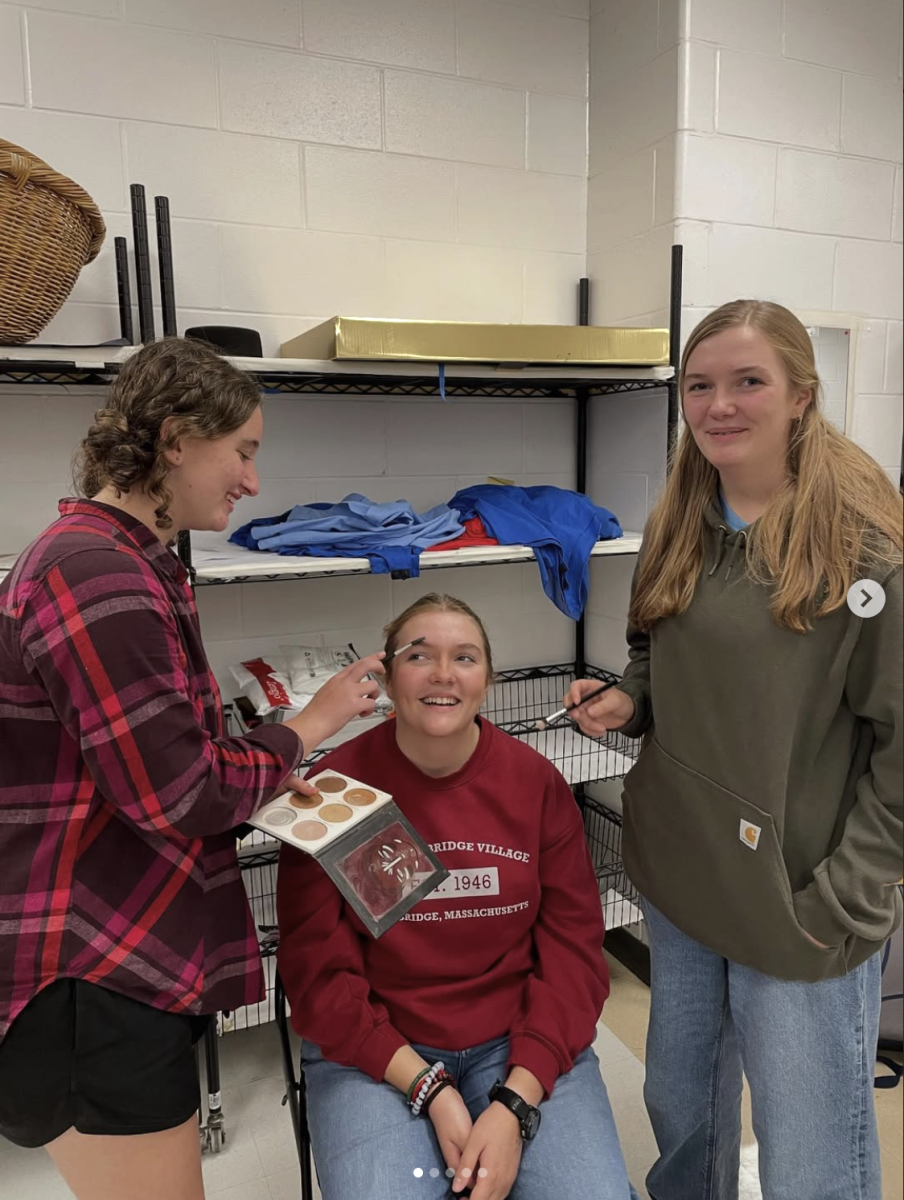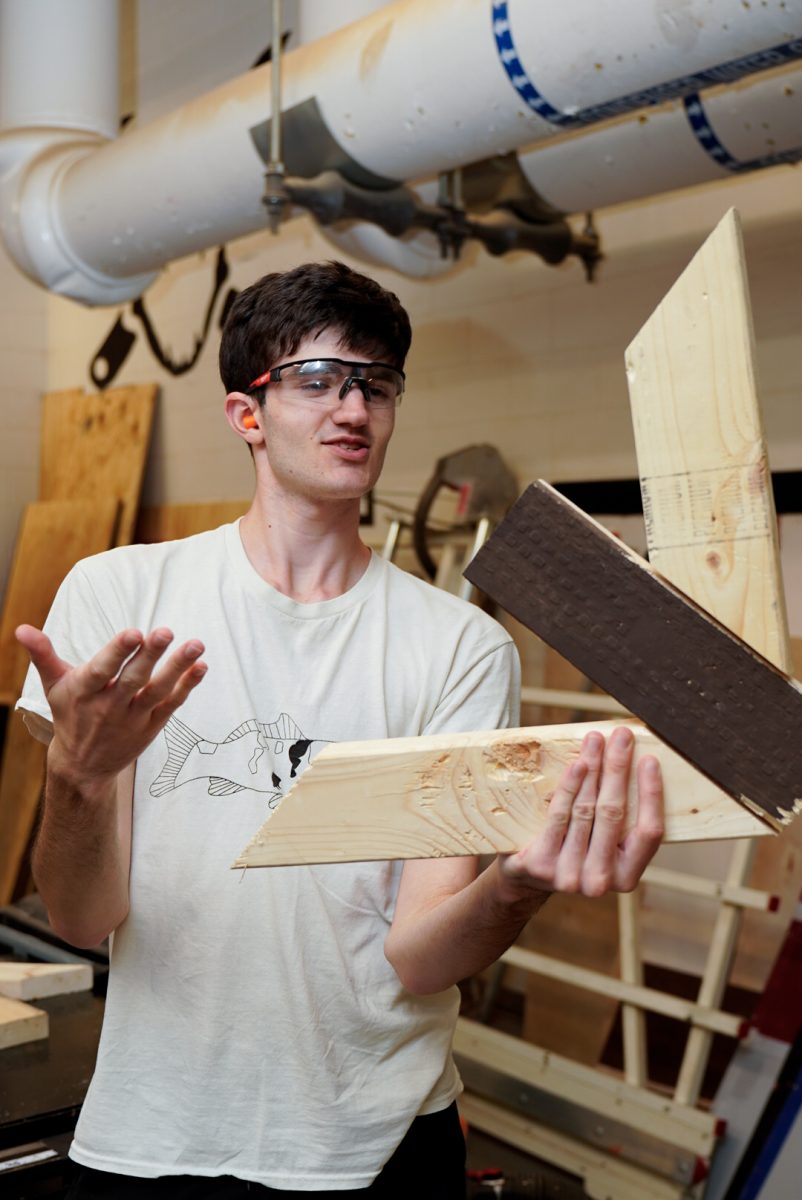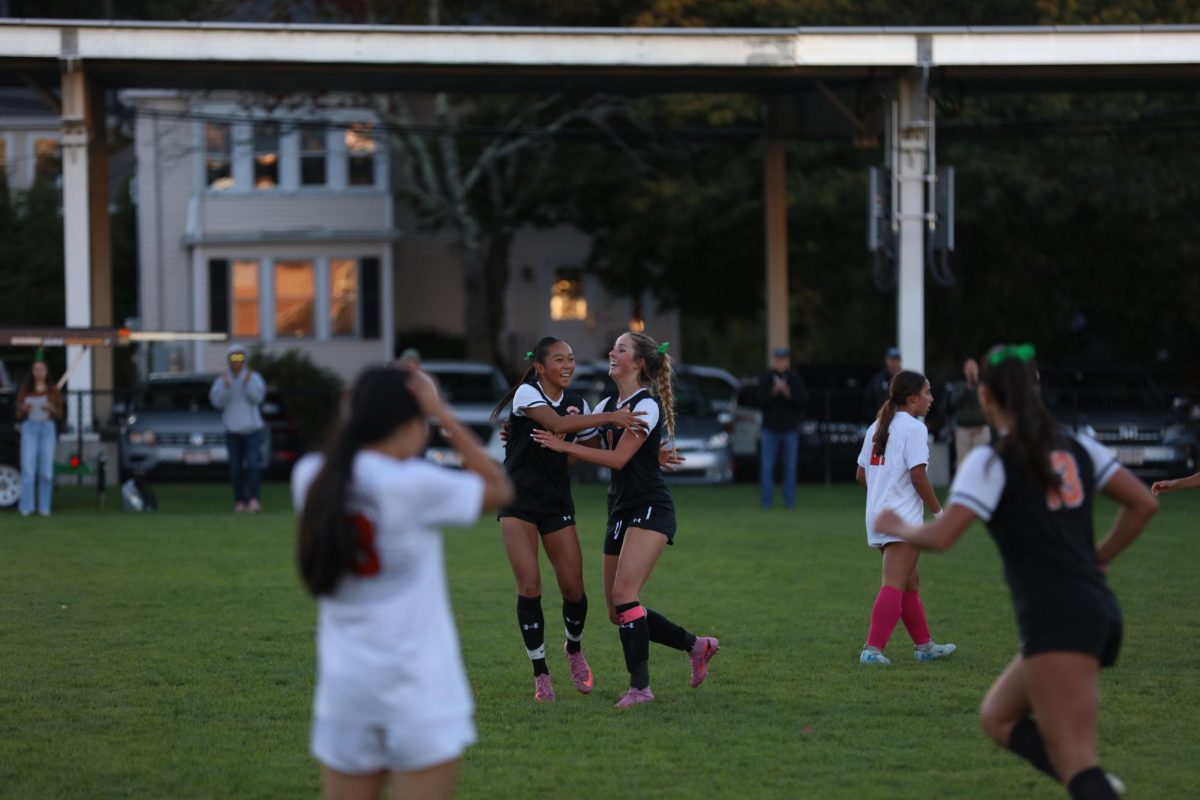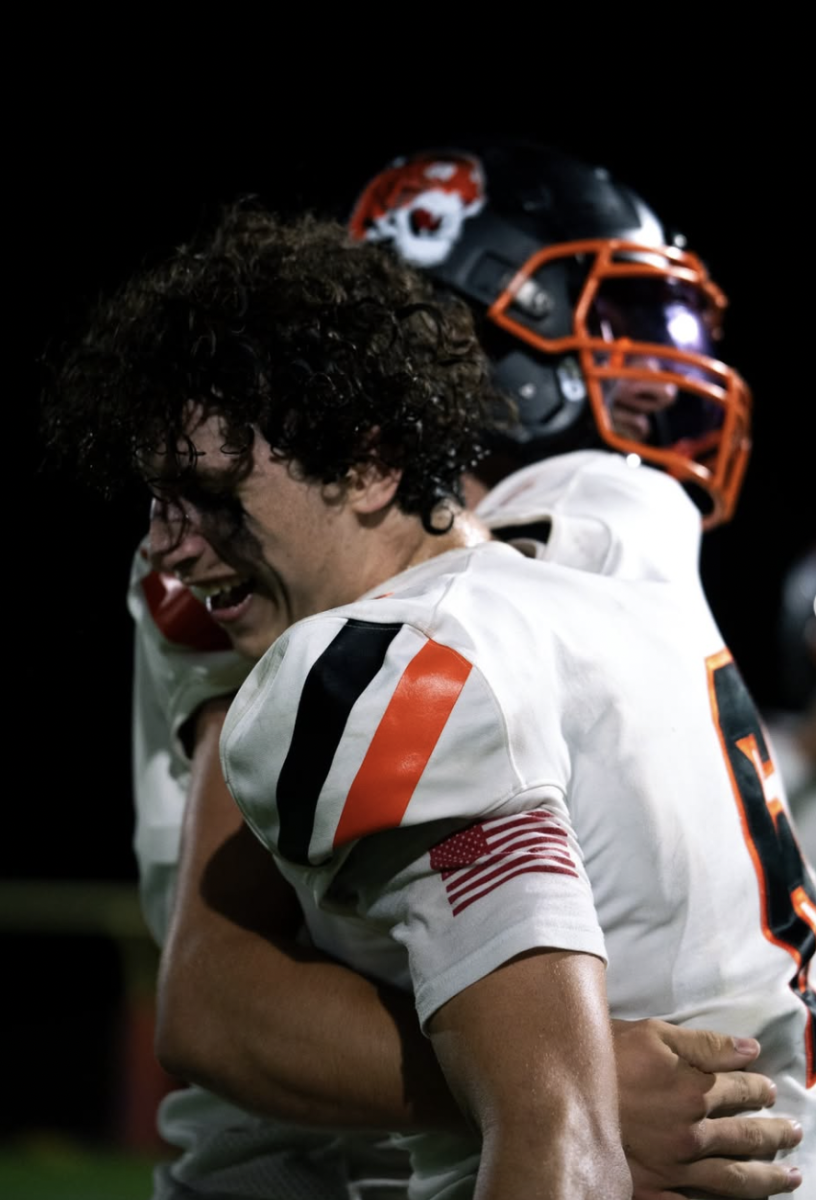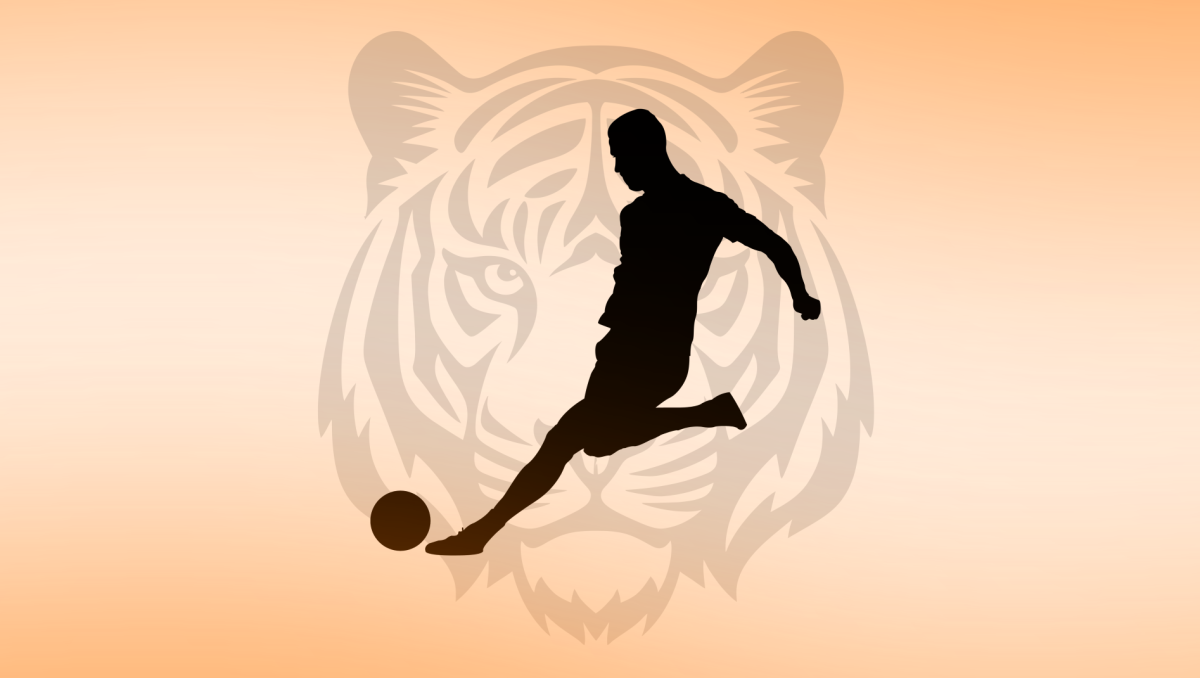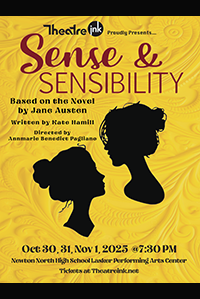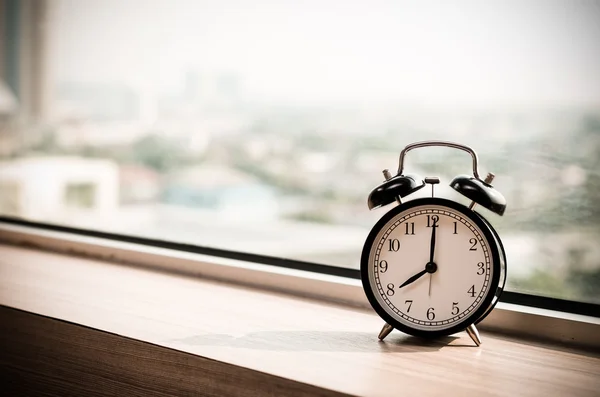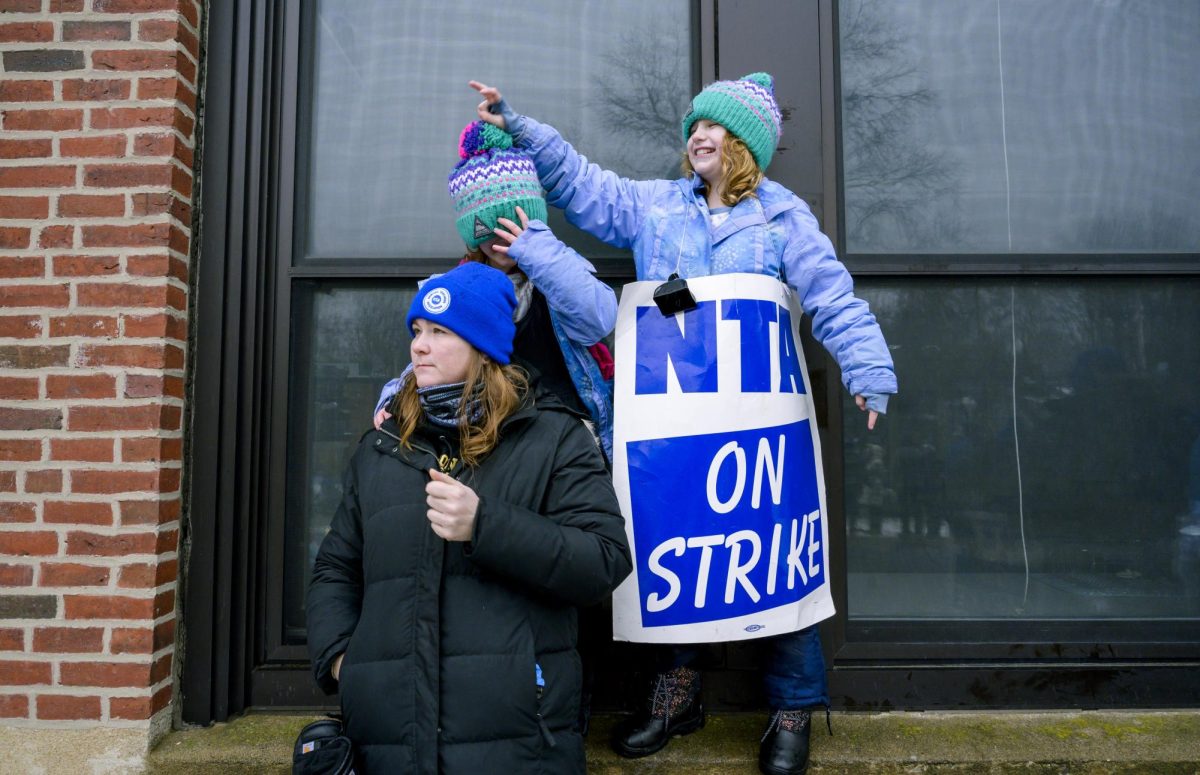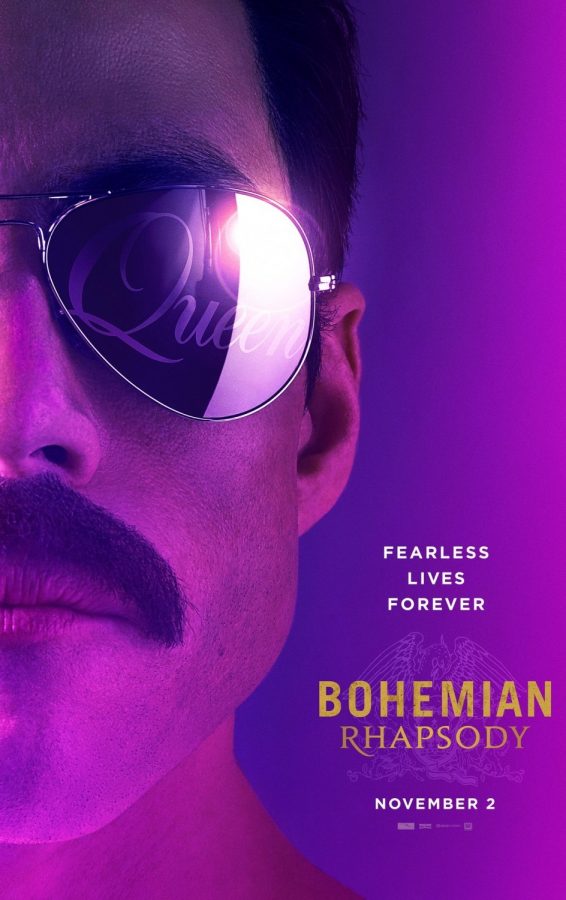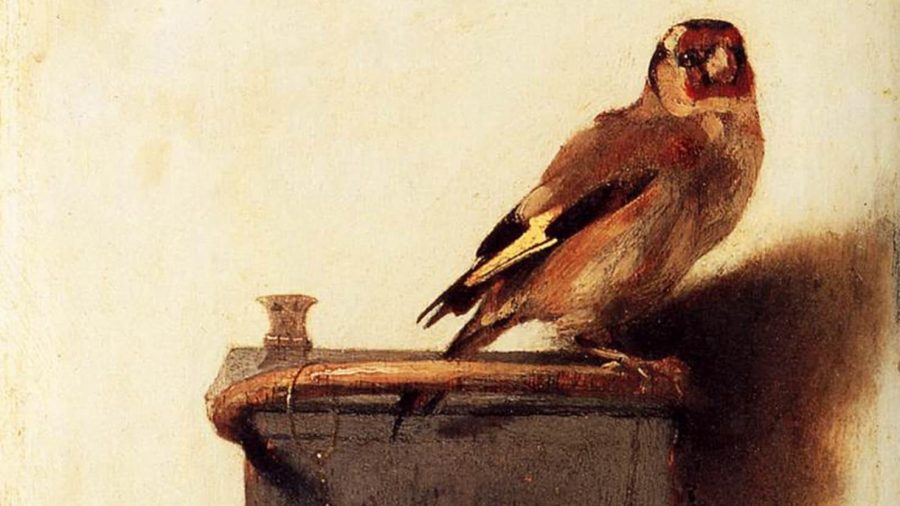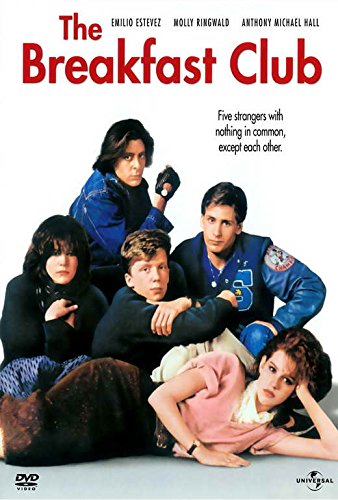
by Jacob Gurvis
It’s the bottom of the ninth. Two outs. Your team’s at bat, down by two, runners on second and third. The ball is hit to the gap in right-center. The center fielder tracks down the ball as the runner on third crosses the plate to tie the game. He throws the ball home as the winning run rounds third. The catcher gloves the ball, blocks the plate, and braces himself for the hit. The runner comes barreling in and railroads the catcher. The catcher can’t hold on to the ball, the runner tags the plate, scoring the winning run.
That rare play has become one of sport’s most exciting plays. But, it is one that will no longer be seen in Major League Baseball (MLB.)
Last week, at baseball’s Winter Meetings in Dallas, Texas, general managers and managers voted to ban plate collisions in the MLB, potentially starting this coming season. The issue of plate collisions was a topic of discussion at the Owners Meetings a few weeks prior as well.
This issue comes down to the question, which is more important, maintaining the authentic feeling for baseball, or preventing serious, life-threatening injuries for thousands of athletes? To me, this is a no-brainer. Don’t get me wrong, I love baseball and value the importance of honoring tradition and the integrity of the game. But I also believe that securing the safety of athletes is far more important. Baseball has the lowest concussion rate of all major sports. That is fantastic. But that does not mean that there is no work to be done.
In 2011, Giants star Buster Posey suffered a broken bone in his lower left leg and three torn ligaments in his ankle after a devastating collision with then-Marlins player Scott Cousins. This play increased the urgency for action.
Ultimately, the decision to ban collisions at the plate was made for the purpose of protecting players. If collisions are outlawed, fewer players will get hurt. This is all very good.
However, the one big counterargument for this new rule is the fear that banishing the play will take away from baseball’s authentic, old-fashioned nature. Home plate collisions are exciting plays that can often have large impacts on games, and even seasons. The play has been around since the beginning of baseball.
Another negative is that forcing players to slide into home every time will put more pressure on runners to be faster, and fewer runs overall will be scored. Either players will stop taking the risk of trying to score, or will be tagged out because catchers’ jobs are now easier. So it’s not all good. Also keep in mind that catchers are not the only players who are put in danger with collisions. Runners can get very seriously injured, too.
A recent report came out that former second baseman and outfielder Ryan Freel, who committed suicide a year ago, suffered from chronic traumatic encephalopathy, a degenerative brain disease caused by a history of several serious brain injuries. Freel suffered many concussions (not necessarily from collisions) during his career.
Cardinals manager Mike Matheny was one of the managers who led this call to action. Matheny, a former catcher, saw his career end because of concussions. His doctor refused to clear him to play because he had suffered too many concussions. At the beginning of the 2013 season, Matheny discussed this topic.
“A lot of things these guys are talking about, I experienced firsthand. I feel for these guys. I hurt for them. I hurt for their families. I’m hoping that the medical community can continue to gain information to lessen the risk of long-term repercussions from the concussions,” he said.
Yes, baseball has lost an exciting play. Never again will we see a classic collision at home, a fight for ownership of the plate. But more importantly, never again will we see a player suffer a devastating and career (and life) threatening injury because of such collisions. MLB is really just trying to protect its players. This is a safety measure. A very smart and necessary one.

